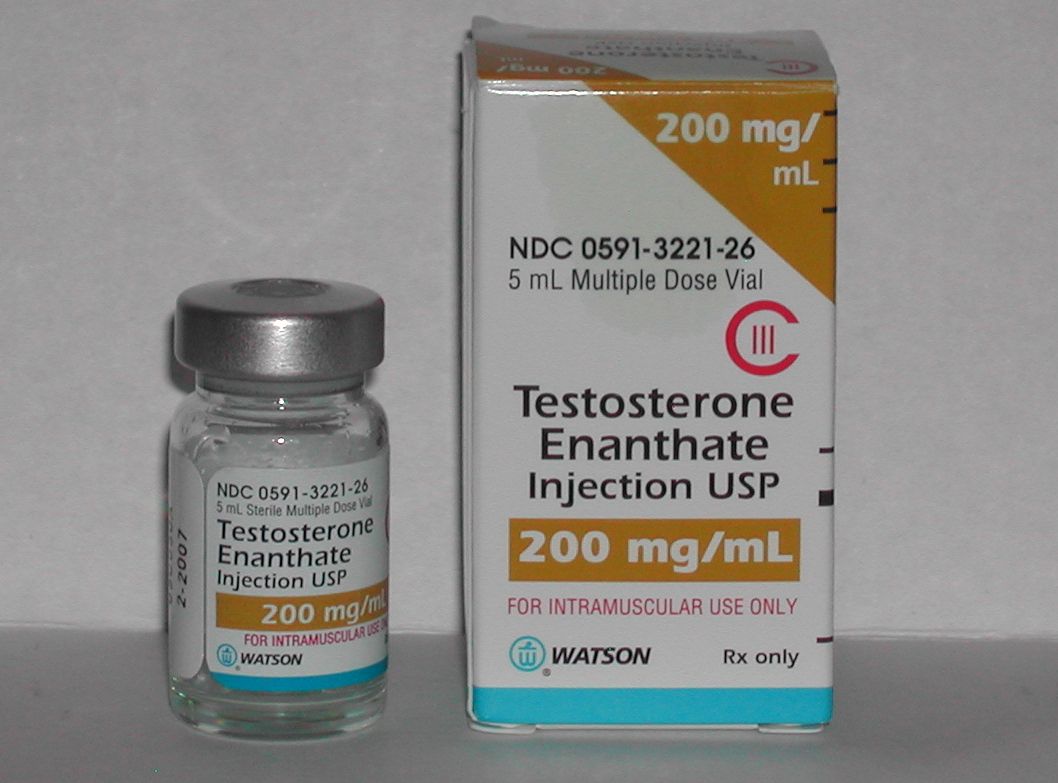
Q: Is there any way to avoid Polycythemia when doing TRT? I know that injections are more prone to causing this. I recently switched from shots and am currently doing 25mg T cream and 100iu HCG every day, but I am still getting elevated hematocrit and RBC. It looks like I might need to do a therapeutic phlebotomy twice in the next month for my numbers to come back within the normal range. Is there anything to be concerned about with doing frequent phlebotomies?
A: This is something that is sure to come up with testosterone replacement therapy (TRT). This is an additional reason why I suggest individuals who are on TRT for low normal testosterone come off once every 12-18 months. This not only ensures the functionality of the HPTA but if polycythemia is a problem this will ameliorate or fix it. I was referred a patient who had polycythemia and the referring doctor was unable to stop TRT due to symptoms.
Comparison of transdermal nonscrotal testosterone patch with intramuscular injections of testosterone enanthate observed that 15.4 percent and 43.8 percent of patients, respectively, had at least one documented elevated hematocrit value (defined as over 52 percent) during the course of ~1 year. Erythrocytosis was associated with supraphysiologic levels of bioavailable testosterone and estradiol, and it occurred more frequently in the group that received intramuscular injections of testosterone.
There has been demonstrated a direct relation between testosterone dosage and the incidence of erythrocytosis. Erythrocytosis occurred in 2.8 percent of men receiving 5 mg per day by nonscrotal patches and in 11.3 percent and 17.9 percent of men treated with gel preparations of 50 mg per day (delivering 5 mg per day) and 100 mg per day (delivering 10 mg per day), respectively.
Phlebotomy is on the whole a safe procedure, the frequency of side effects being low and their severity weak. Although untoward events are unlikely with mild erythrocytosis of relatively short duration, the hematocrit or hemoglobin level should be monitored in men receiving testosterone-replacement therapy so that appropriate measures, such as dosage reduction, the withholding of testosterone, therapeutic phlebotomy, or blood donation, may be instituted if erythrocytosis develops. It is reassuring that as far as we can determine, no testosterone-associated thromboembolic events have been reported to date.
About the author
The research of Michael Scally focuses on returning individuals to normal physiology after the discontinuation of anabolic steroids. Dr. Scally has presented his medical protocol for the treatment of Anabolic Steroid Induced Hypogonadism before the Endocrine Society, American Association of Clinical Endocrinologists, American College of Sports Medicine, and International Workshop on Adverse Drug Reactions and Lipodystrophy in HIV. Dr. Scally is the author of "Anabolic Steroids - A Question of Muscle: Human Subject Abuses in Anabolic Steroid Research."
No replies yet
Loading new replies...
Join the full discussion at the MESO-Rx →